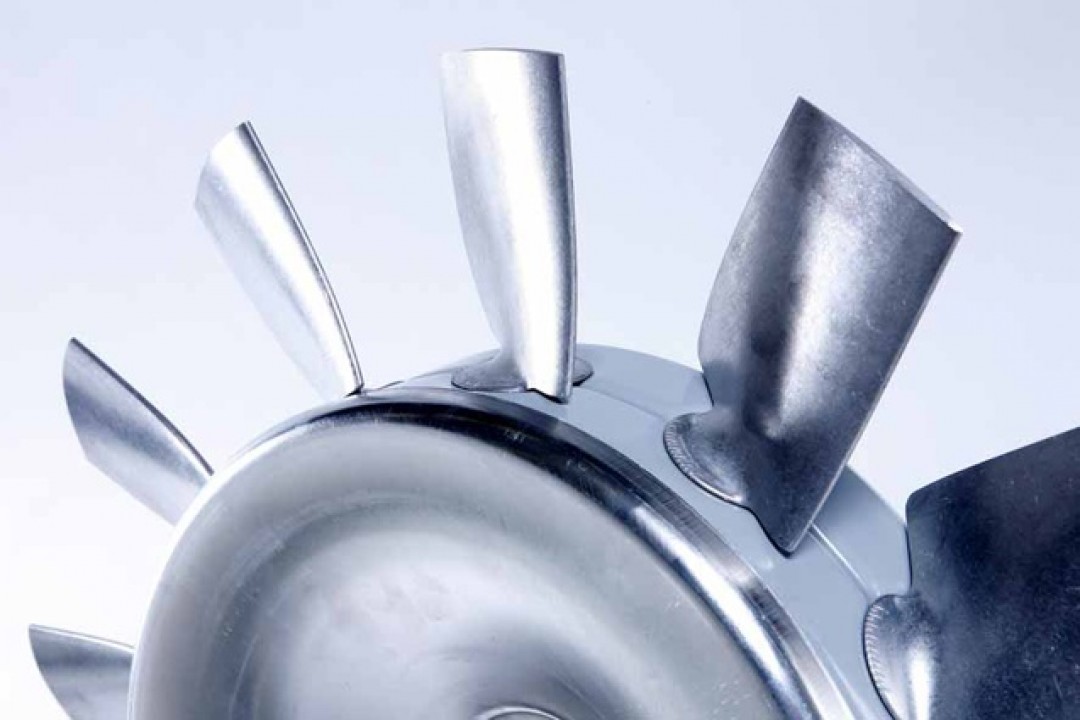
ENERGY EFFICIENCY IN IQF FREEZERS
Choosing in which type of IQF freezer to invest, for a production line, is a lot of the times a challenge for food processors, not just in terms of the quality of the end product but also in consideration to the total costs of running the equipment.
The efficiency of the freezer is usually thought to be related to the fans and the total motor power, but the actual facts show us there is more than that to keep in mind when considering the energy efficiency of an IQF tunnel freezer.
What influences energy efficiency?
There are 5 important elements that influence energy efficiency in an IQF tunnel freezer: aerodynamics, the fans, the bedplate/ conveyor belt, the coil design and the housing and floor heating.
Aerodynamics
The aerodynamics of an IQF freezer body is affected by different elements and parameters and it represents a complex balance between freezer design, fan speed, pressure and temperature. The right aerodynamics determine the quality of the freezing result, dehydration rate of the product and energy efficiency of the freezer.
The OctoFrost™ IQF tunnel freezer manages to joggle all of this by using a complex equation of the right pressure, air velocity, temperature, the design of the freezer and the fans. The size of the OctoFrost™ IQF freezer is smaller than any other freezer on the market with the same capacity which is possible due to effective aerodynamics.
Design of the fans
Most IQF tunnel freezers run the fans at full capacity in order to achieve a good freezing result, but this translates in high energy consumption and unnecessary overblow of the product. The OctoFrost™ uses vane axial fans, which can run at different speeds, a highly important feature for food processors because they can adjust the fans speed according to the product they are freezing. This is why OctoFrost™ doesn’t run more than 75% - 85% fan speed. In addition, the design of the OctoFrost™ fans is custom-made for the OctoFrost™ IQF freezer with 5 major parts leading to better air control and energy efficiency.
Bedplates
Traditional IQF freezers use a conveyor belt, but the design of the belt is a minus for the overall energy efficiency of the tunnel. The main reason why the OctoFrost™ fans don’t need to run over 75% - 85% is the OctoFrost™ bedplates. The thickness and the holes’ configuration of the bedplates makes it possible to achieve the desired fluidization type which translates into less energy consumption with improved freezing result.
Coil design
The size of the coil inside an IQF freezer is very important to handle the heat transfer. The coil of the OctoFrost™ freezer is oversized which allows running the fans at lower speeds while the large front area increases the time between defrost.
Housing and floor heating
IQF freezers generally need floor heating against the high temperatures, otherwise the floor will freeze really fast, create cracks and destroy the equipment. Heating the floor is one of the highest expenses IQF processors have, in terms of energy efficiency.
The OctoFrost™ doesn’t need floor heating because the freezer body stands on its own supporting feet and thus the air can circulate under the freezer to avoid accumulation of cold in the floor. Also, the walls of the freezer have really good insulation.
The energy cost for an IQF equipment is an important element to look at when choosing the right IQF tunnel freezer for your production line. OctoFrost is here to help you make the best decision for your business.
